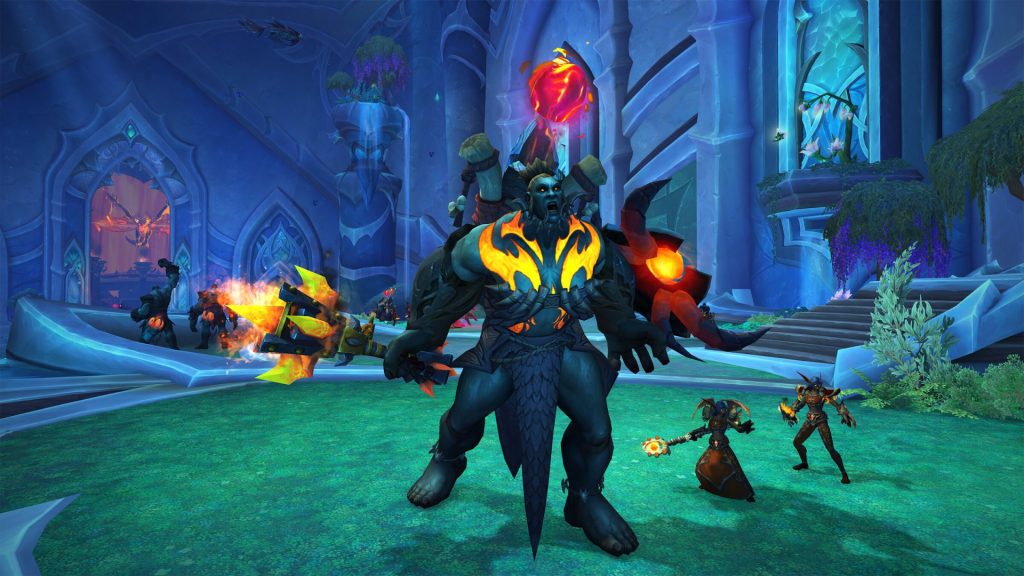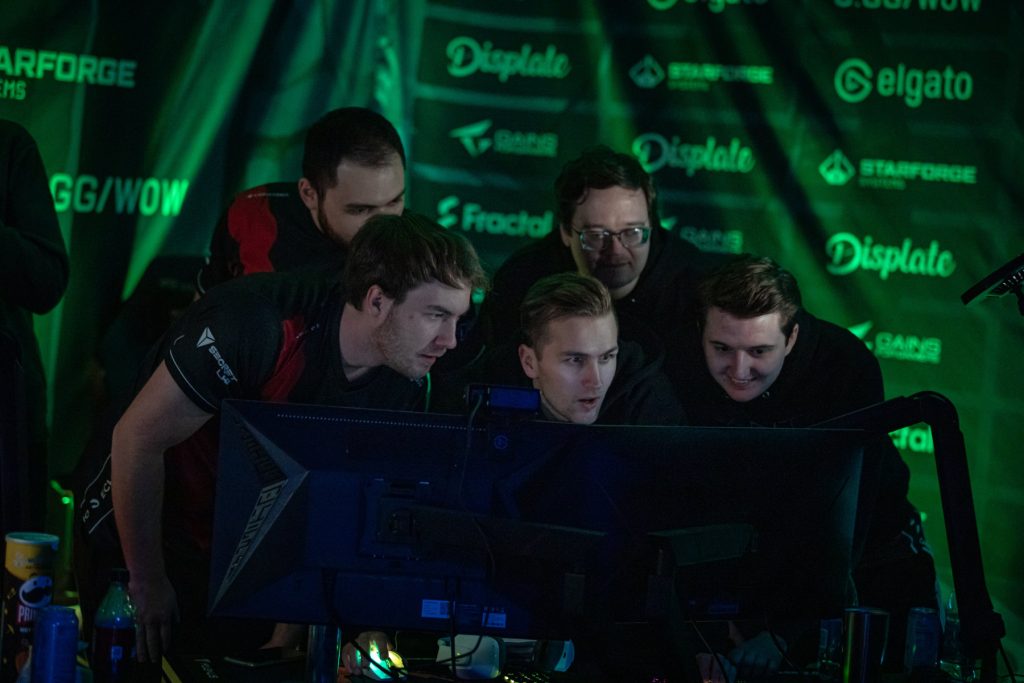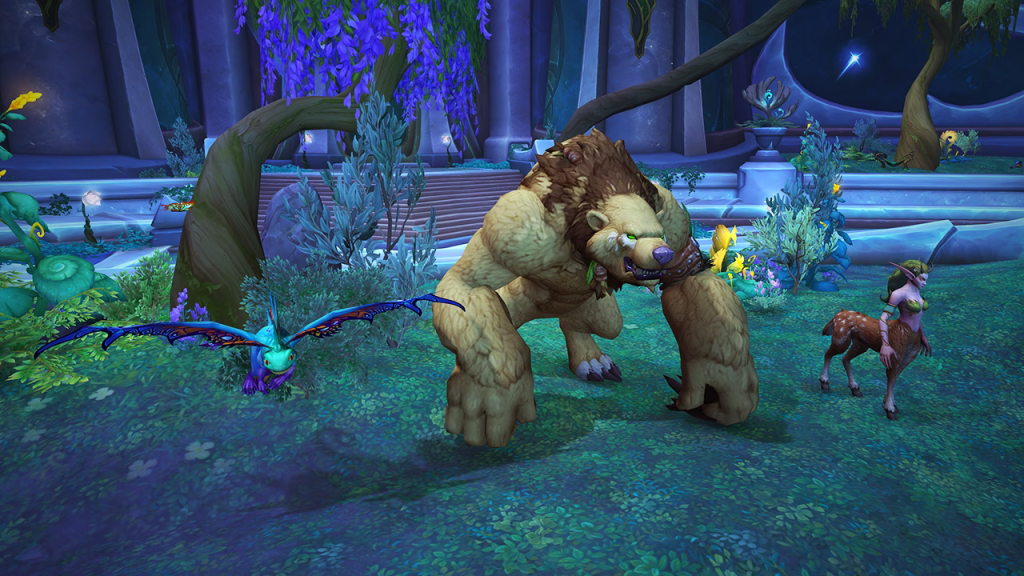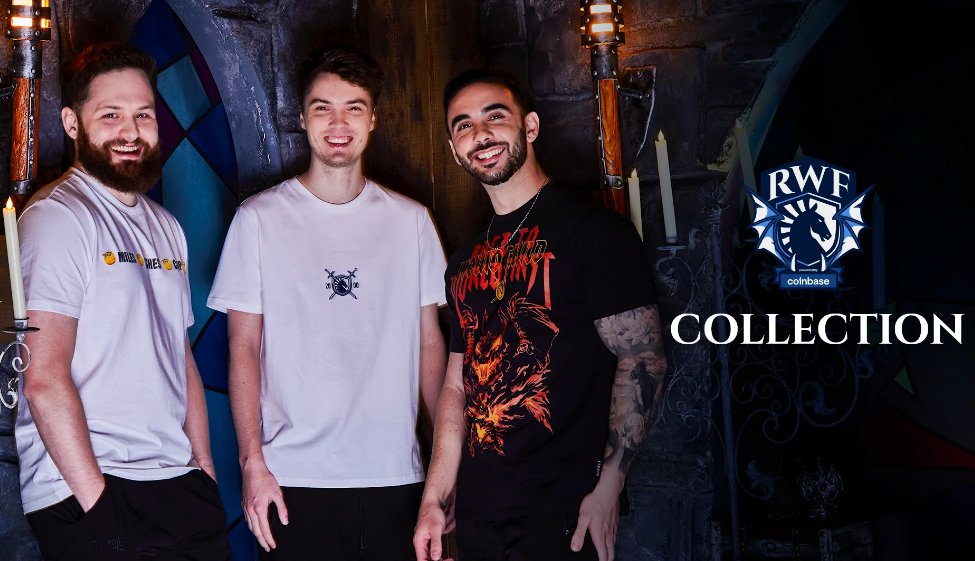
Esports fans are used to watching competitions where a number of humans face each other directly, counting kills or goals to determine a winner. For several years now, however, World of Warcraft (WoW) has pioneered another form of competition: a race to be the first to complete the hardest content in the game.
Blizzard’s genre-defining MMORPG has long and complicated missions called raids which are composed of several ‘bosses’ that (other than raw damage) involve puzzle mechanics, cooperative challenges and highly coordinated teamwork to defeat. Raids represent a narrative story element of every WoW expansion so, at the end, there’s always an iconic villain. Teams — usually in-game groups of players called guilds — race to become the first in the world to slay this important boss on the highest possible difficulty of the game (called Mythic).
From an esports perspective, Race to World First (RWF) events are unique as — in contrast to typical esports competitions — the enemy is controlled by a computer, rather than another human, with players instead racing each other to beat the computer. But there’s another factor that differentiates these esports events from any other: they typically last for one to two weeks.
A team of 10 to 25 players (with few sleeping breaks in between) compete to complete the raid at its highest difficulty level for up to 300 hours. Despite the lengthy duration, the most recent WoW Race to World First, which recently concluded, saw Echo Esports beat Team Liquid by mere minutes with both teams finding themselves neck and neck, desperately competing to chip away the last 1% of the final boss’ health.
“It’s not for the faint hearted,” Scott Harrison, Operations General Manager at Team Liquid’s MMO arm Liquid Guild, told Esports Insider of his sixth World First race. “I found myself during Tindral Sageswift [one of the boss encounters] getting into bed after a day’s progress, closing my eyes and not being able to sleep due to replaying the fight in my head for hours.”
“As the race progresses you notice yourself getting tired earlier in the day, the long 16 hour days in which you’re focusing for the majority of that time really start to take a toll on you,” Harrison continued. “Once the race kicks off it’s basically impossible to switch your brain off until it’s over, there isn’t time between matches like in other esports like CS/VALORANT/League where you can detach and recover mentally”.
This year’s race started with the 10.2 patch for World of Warcraft titled Guardians of the Dream. This marked the release of the final raid of WoW’s Dragonflight Expansion, called ‘Amirdrassil, The Dream’s Hope’ — one final race up for grabs for the world’s best teams.
“A typical WoW preparation cycle will have around four months of just ‘farm’ which is reclearing the current raid tier on a lot of characters each week”, Harrison explained. “Two months before a new raid tier releases [WoW developer] Blizzard will give all players access to the PTR [Public test realm] to test the new patch features, such as class changes, raid bosses and new gear from the raids … this leads to hundreds of hours of preparation from the team.”

The race for the world-first kill in a WoW raid has long been a competitive and coveted achievement, though historically it’s mostly been bragging rights on the line. But over the last few years, as top guilds have grown in profile and as esports has become more culturally entrenched, Race to World First’s have become fully fledged esports events with hundreds of thousands of viewers eager to study the tactics of the pros and see who comes out on top.
“The unique thing about the RWF events is that normally competitions of this size are run by the publishers of the game itself, however that is not the case for these events” Jasmin Poetzelsberger, Head of Partnerships and Events at Echo Esports, told Esports Insider. “They are 100% produced by the competing teams, which allows them to be made more in sync with the community and make a show that viewers can feel like they are part of the ride, part of the team. This connection between the viewers and the team/casters/production team is very rare in the industry.”
The RWF format really started taking off about four years ago, with guilds livestreaming their progress. It quickly grew in popularity and professionalism — and started mimicking conventional esports events. Production crews grew and sponsors came knocking thanks to the long exposure they could get from more than 300 hours of broadcast almost twice a year.
Today, top teams fly their players and staff out to LAN to face the challenge together in-person. Race to World First isn’t exclusive to WoW — other games like Bungie’s MMO Destiny 2 have similar races when their new raids come out — but World of Warcraft is currently the only one that involves professional players and organisations.
“We often say that the RWF is a marathon, not a sprint,” Poetzelsberger continued. “At the beginning everyone is excited to get in the race and start raiding. After the first couple of days it is common to get in a more steady mood. When we finally reach the last Boss of the raid, you can definitely feel the excitement coming in strong across the team. Finally when the kill is imminent and especially if it is as close as it was this time there is for sure a level of stress across the team.”

The race to conquest Amirdrassil: The Dreams Hope attracted over 388,000 peak viewers, more than 25 million hours watched and an astonishing airtime of 306 hours, per Esports Charts data. It’s the latest in a growing trend for these events: the previous race garnered 253,000 peak viewers, the one before 184,000. “Race to World First is one of the most-viewed events on Twitch and on average, MMO category viewership grows 1000% during the broadcast” Claire Thompson, Team Liquid’s Director of Global Sales & Platform Partnerships, told Esports Insider.
While WoW does also have tournaments for its player vs player (PvP) modes, the player vs environment (PvE) style of gameplay in a Race to World First makes for a uniquely engaged audience. “Fans can actively participate in the event by attempting to defeat the raid themselves or just by comparing their results to the best guilds in the world,” Thompson added. “Fans can also volunteer as helpers for their favourite guilds during the Split raids, a phase which makes up the first part of the competition, when guilds focus on building a loot supply for gear they need to attempt boss kills in later phases.”
The attractive potential in terms of audiences, Team Liquid says, is also wider than usual — likely a factor in its decision to acquire Limit Guild and add an MMO vertical to its roster of teams in January 2022. (Prior to Liquid’s acquisition, Complexity had been partnered with Limit for two years). “While the average World of Warcraft fan traditionally skews a bit older as the result of multigenerational reach, we’ve also recently seen an influx of younger players,” said Thompson.
Not everyone may refer to World of Warcraft raid races as esports, but they increasingly show all the hallmarks of one — LAN events featuring video game-based competitions, watched online by hundreds of thousands, with sponsorship deals to boot. When a Race to World First takes place, for example, Liquid hosts a 24 hour live broadcast on Twitch to showcase its teams’ journey. That broadcast features advertisements and activations from existing Liquid sponsors like Coinbase, Secret Lab, Honda, Kingston and Monster Energy.
However, organising a Race to World First in WoW comes with its own set of challenges. “There is no set time at which the race happens each year,” Chris Ambrosio, Team Liquid’s Senior Director of Events, told Esports Insider. “Everything relies entirely on when Blizzard releases the update. Due to this, we spend the first few months of planning preparing as much as possible, but not being able to commit to any concrete plans.

“As soon as we get a publicly released date from Blizzard, we enter sprint mode. We usually have about one month from that point until the race begins, so we’re finalising graphics, booking travel and accommodations for 60+ people, preparing a live broadcast, and planning shoulder content to help support the overall event in a very short period of time.”
“In order to support such a long show each day, we have two full production crews working shifts, and a roster of talent taking shifts hosting and casting. Getting the scheduling right on these has been a bit of trial and error, but after our fourth RWF we’re starting to find a groove,” Ambrosio said.
This broadcast structure, in his words, “was quite scary to commit to” due to the many insecurities, the short notice and the long days. But with a well-oiled machine now in place, Liquid is feeling positive about the future of RWF as an esport — especially when the next content expansion for World of Warcraft, The War Within, rolls around next fall.
“It is clear that Blizzard is putting, now more than ever, their focus into the future of WoW as they revealed the Worldsoul Saga with the next three expansions already planned out,” Poetzelsberger of Echo esports told us when asked about the sustainability of the ecosystem.
“We expect an even faster release schedule for the future with less downtime between patches and expansions, which translates to more regular RWF events. This should finally put to rest any arguments that have been said many times in the past of ‘WoW is dying’. The latest RWF was the perfect example of how big these events can be.
“So if Blizzard releases content at a faster rate and also replicates the success of this raid’s boss design and difficulty in the future, I can foresee not just a sustainable esport, but a golden era for WoW in the next few years, starting with the release of the War Within expansion.”

